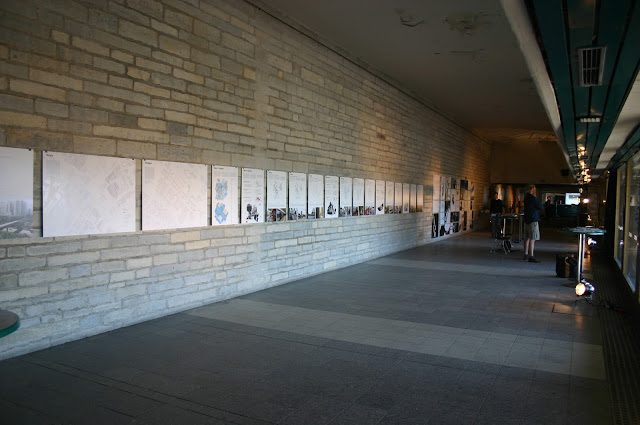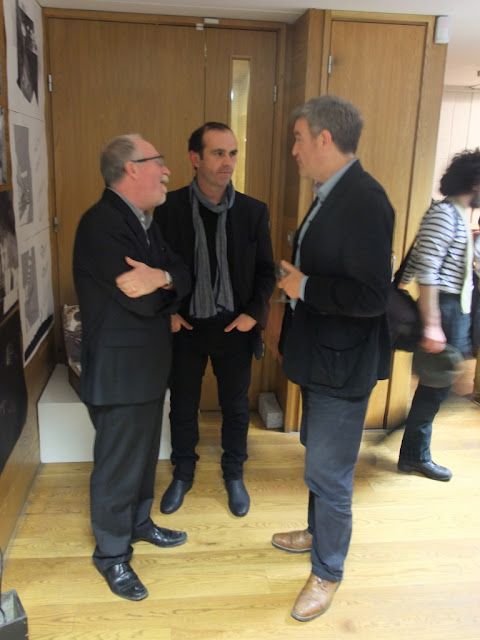There were several reasons for situating
ourselves in Istanbul for these investigations during the inaugural year of the
Masters Course; given its vast scale, population (15,000,000) and liminal
geographic and cultural conditions, it would mean that we could not attempt to
be ‘comprehensive’, and an overall question as to how we might consider
developing a series of architectural explorations in a City so remote from our
own cultural experiences. This also meant that our pedagogical approach might
rely on speculative questioning rather than something more assertive or
pre-determined. In another way, we recognised that both Istanbul (like Cork) is
also a “SECOND-CITY”- Istanbul reduced to this position in 1923 following a
political shift by the Turkish National Movement to form the new capital in
Ankara, notwithstanding the fact that Istanbul had served as the capital of the
Roman Empire (330–395), the Eastern Roman (Byzantine) Empire (395–1204 and
1261–1453), the Latin Empire (1204–1261). Primarily however, we set about to
understand its ‘otherly’ conditions- those indexical aspects of its cultural,
spatial and topographical complexities that did not seem to yield to
straightforward first readings, and therefore wholly attractive to a series of
architectural investigations.
Jason M. O’Shaughnessy, MArch Programme Leader, CCAE, Cork School of Architecture.
The theme of the MArch—City as Palimpsest—applies both to Istanbul and the students’ work. The profusion of models, drawings and artefacts indicate a strong commitment to expressive aesthetics, tactile materiality and the poetics of contemporary urbanism. Found objects are incorporated and transformed, indicating the relevance of the past to the present, and the effects of one on the other. Instruments and devices pervade the display but, rather than dry machines, they are means to understand the self in relation to society and to cultivate the personal and collective imagination. Among its many successes, the MArch programme recognises that the buildings and cities we inhabit are infused with myths, which affect how and what we perceive. Exceptional architects are exceptional storytellers, weaving a narrative that convinces the designer as well as the users. A city also needs ‘creative myths’ that allow its inhabitants to understand it collectively and imagine its future. The same challenge applies to the Cork School of Architecture, as the works produced in this MArch programme so evocatively recognises.
Professor Jonathan Hill, Director of Design, The Bartlett School of Architecture, UCL.
This year’s graduates have laid the foundation for an incredibly exciting future for the Masters and undergraduate programmes at CCAE and we hope that the year group is excited about their next ventures. While the future is anything but clear for architects it is evident from talking to this remarkable body of individuals that they have gained an ability to think critically through the act of designing. It is important that they use this skill to question how they want to practice as an architect. We would say to them - try not to lock these projects in your attics, take them with you into your next stage as designers. Do not be dismayed if it takes a while for that job to come through, keep working, making and doing. If we can offer you any advice we will have to borrow the words of Dylan Thomas to do so: “do not go gentle into that good night”.
James A. Craig and Matt Ozga-Lawn, STASUS.




































































